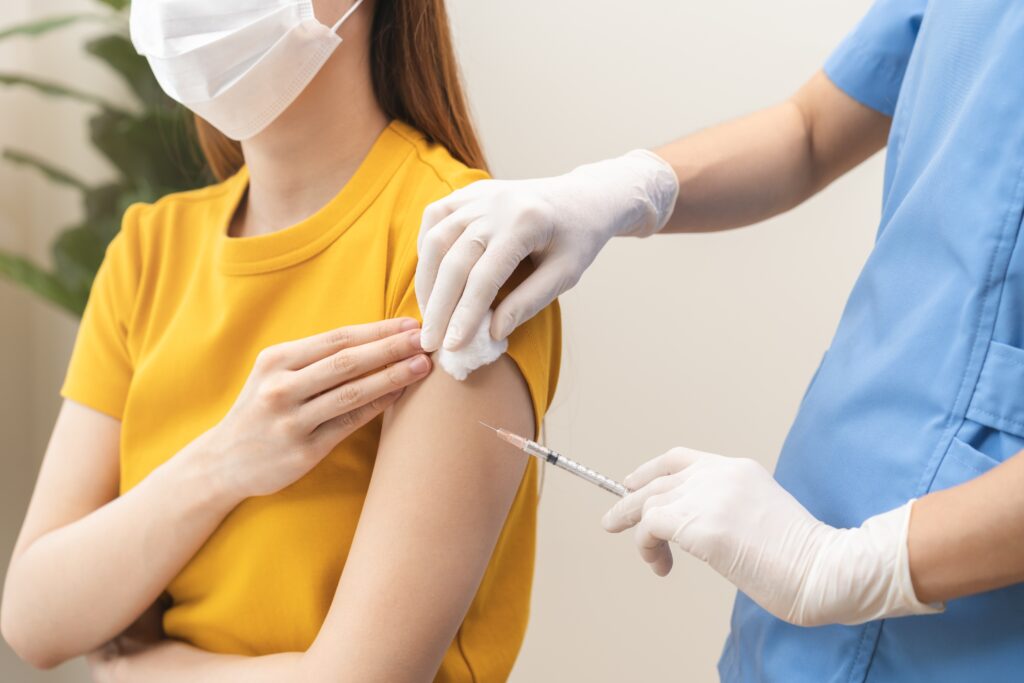A group of vaccine experts advising the U.S. Food and Drug Administration (FDA) unanimously recommended including the JN.1 coronavirus lineage in the upcoming Covid-19 vaccine formula. The meeting took place on Thursday and focused on guiding which strain to target for the 2025–26 vaccine season. This decision gives the FDA the flexibility to either keep the current vaccine or update it to better match active variants.
The advisory panel discussed the new FDA vaccine approval process introduced this year. Some members raised concerns that changing the vaccine strain now could delay autumn distribution due to extra regulatory steps. This is because new vaccines might require additional clinical trials and data before approval.
Dr. Sarah Meyer, pediatrician and head of the Immunization Safety Office at the Centers for Disease Control and Prevention (CDC), initiated the conversation by questioning how the FDA’s updated framework would affect strain selection. She asked whether selecting a new strain would mean needing fresh clinical trials, which could slow down vaccine availability.
Dr. Jerry Weir, director of the FDA’s Division of Viral Products, responded by emphasizing the meeting’s focus. “Let’s first decide which strain the committee supports. We can resolve regulatory questions afterward,” he said. The FDA intends to use data similar to what is used for annual flu vaccines but plans different requirements depending on age and risk groups.
For high-risk groups such as seniors over 65 and people with existing health conditions, the FDA will apply a streamlined approval process. However, for younger and healthier populations, the agency now requests randomized placebo-controlled trials. These trials are costly and lengthy, making it unlikely vaccines for children six months and older will be ready by the fall season if a new strain is selected.
Dr. Stanley Perlman, microbiologist and committee member from the University of Iowa, voiced concerns about possible delays. “Would choosing a new strain add requirements that slow the process?” he asked. FDA officials present at the meeting could not confirm if such changes would affect vaccine rollout timing.
Dr. David Kaslow, director of the FDA’s Office of Vaccines Research and Review, reassured the committee. “Our goal today is to finalize the strain selection,” he said. “We do not intend to delay vaccine distribution.”
The advisory panel agreed the upcoming vaccine should target the JN.1 lineage. This variant spread worldwide last year, overtaking the previously dominant XBB group. Although some JN.1 subvariants like KP.2 have faded, the lineage itself remains widespread. Vaccines based on this group continue to provide strong protection.
International health officials recently confirmed that vaccines targeting JN.1 or KP.2 remain valid choices for Covid-19 prevention. Vaccine makers also shared data demonstrating that vaccines designed with these strains boost protective antibody levels effectively.
Some experts proposed updating the vaccine formula to include LP.8.1, the currently dominant variant in the U.S. Dr. Hayley Gans, a Stanford pediatrician, advocated for this approach, stating, “We need the most effective option, not one that could underperform later.” Dr. Eric Rubin, an immunologist at Harvard and journal editor, agreed, noting that while current differences between strains appear small, selecting the best strain is key for future protection.
Dr. Kaslow confirmed the FDA would soon finalize the 2025–26 vaccine composition. This decision will help manufacturers prepare sufficient doses for distribution before the fall respiratory season.
As the FDA and vaccine producers move forward, close monitoring of variant trends and vaccine efficacy will remain essential. The balance between rapid access and optimal protection will shape the strategy for Covid-19 immunizations in the coming year.
